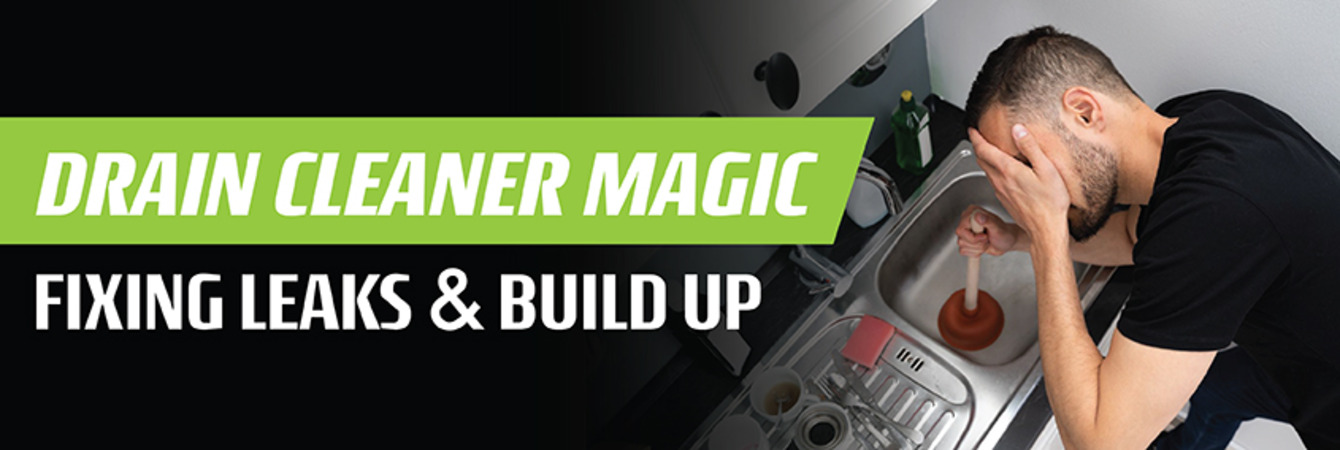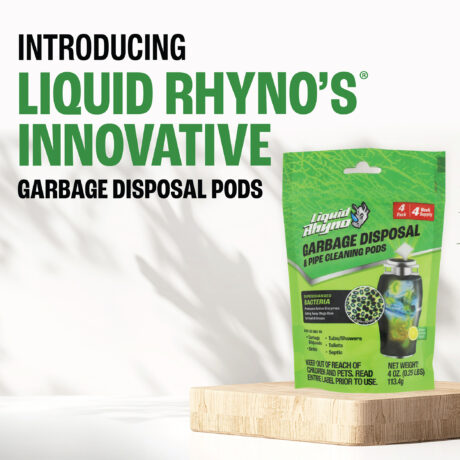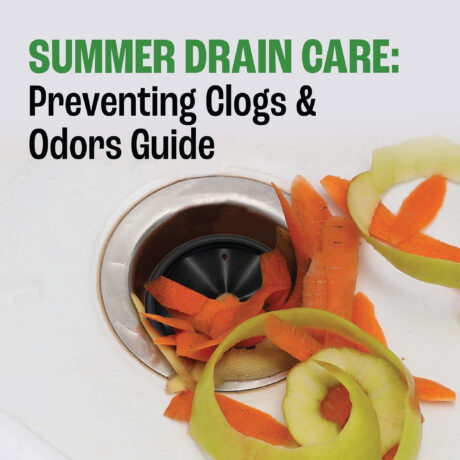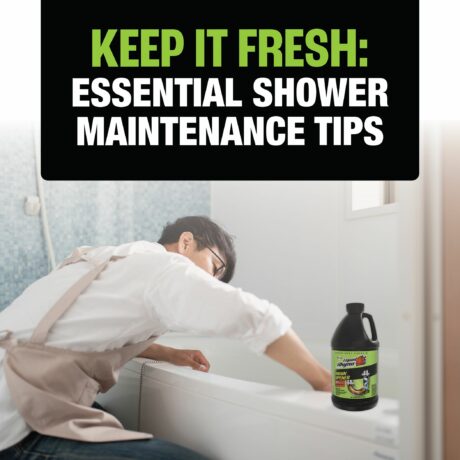Leaky pipes are every homeowner’s nightmare, capable of causing major plumbing catastrophes if left unattended. In this blog post, we’ll dive into the world of plumbing problems, exploring how clogs lead to leaks and providing practical solutions to repair leaks and prevent future build-up. Discover the power of drain cleaning agents like our Drain Opener and effective preventive measures using our Build-Up Remover.
How Clogs Cause Leaks in Sinks
Understanding the relationship between clogs and leaks is crucial. Picture this: a seemingly innocent clog in your sink starts a domino effect. As debris accumulates, pressure builds up within the pipes, gradually weakening their structure. Before you know it, that minor clog has escalated into a full-blown leak. Ignoring these warning signs can lead to major plumbing headaches down the line.
Sink Clogging Culprits
Let’s identify the usual suspects behind sink clogs. Grease from cooking, food particles, hair strands, and the notorious soap scum—they all play a role in creating stubborn clogs. Knowing how to identify these culprits is the best way to find ideal solutions. Here are three common ways to identify sink clogs:
- Slow Drainage: One of the most common signs of a sink clog is slow drainage. If you notice that water is taking longer than usual to drain from your sink, or if it’s not draining at all and starts to back up, there’s likely a clog somewhere in the drainpipe.
- Gurgling Sounds: Another indication of a sink clog is gurgling sounds coming from the drain when water is draining. These sounds occur when air gets trapped in the pipe due to the obstruction, causing the water to bubble and gurgle as it tries to flow past the clog.
- Foul Odors: A foul smell coming from your sink drain can be a sign of a clog. When food particles, grease, hair, and other debris get trapped in the drain, they can decompose and produce unpleasant odors. If you notice a persistent, unpleasant smell coming from your sink, it’s likely due to a clog.
By paying attention to these signs, you can identify sink clogs early and act to address them before they lead to more significant plumbing issues. It’s the first step to effective prevention and repair.
Ways to Get Rid of Clogs Using the Drain Opener
Say goodbye to stubborn clogs with the Liquid Rhyno Drain Opener, a powerful drain cleaning solution that dissolves drain stoppages to ensure a free-flowing plumbing system. This straightforward approach is your go-to strategy for tackling plumbing issues head-on. Follow the steps below on how to utilize one of the best liquid drain openers on the market effectively, and say goodbye to those stubborn clogs.
Steps to Using the Drain Opener:
- Strategic Application: Slowly add in 15 ounces of Drain Opener directly into the drain, ensuring complete coverage of the clog.
- Let It Work: Allow the Drain Opener to work its magic for about 10 minutes. For larger clogs, consider leaving the solution in for a longer period.
- Flush and Evaluate: After the designated wait time, flush the drain with warm water to clear away the dissolved debris. Evaluate the results and repeat the process if necessary.
- Patience for Tough Clogs: Keep in mind that tougher clogs may require a longer treatment time. Be patient, and repeat the process as needed until the clog is completely cleared.
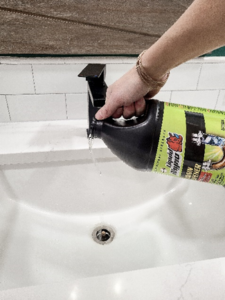 The Drain Opener can be found now at Wal-Mart, Lowe’s, & Amazon.
The Drain Opener can be found now at Wal-Mart, Lowe’s, & Amazon.
Using the Build-Up Remover for Clog Prevention
Now that we’ve tackled the immediate issue of clogs, let’s talk about prevention. Our Build-Up Remover will be your proactive partner in maintaining a healthy plumbing system. This enzymatic buildup remover solution works to break down sediment build-up before it has a chance to wreak havoc on your pipes. Make it a monthly habit to use the Liquid Rhyno Build-Up Remover, available at Wal-Mart, and you’ll be saying farewell to future build-up issues.
Steps to Using the Build-Up Remover:
- Measure and Pour: Begin by pouring 16 fl. oz. (1/4 bottle) of the Build-Up Remover directly into the drain, ensuring thorough coverage to address any potential build-up.
- Flush and Clear: Follow up by flushing the drain with warm water for 30 seconds. This helps distribute the product and clears away any initial debris.
- Strategic Timing: For optimal results, use the Build-Up Remover at the end of the day. Allowing the product to work overnight in the drains enhances its effectiveness in breaking down and preventing sediment build-up.
- Assess and Repeat: If the drain continues to drain slowly or shows signs of build-up, repeat the treatment for three consecutive days. This extended approach ensures a more thorough and comprehensive solution.
- Monthly Maintenance: To proactively prevent future build-up, incorporate the Build-Up Remover into your monthly maintenance routine by repeating steps 1-3. This monthly application acts as a preemptive strike against sediment accumulation, maintaining the smooth flow of your plumbing system.
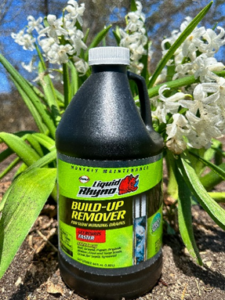
To combat leaks and buildup effectively, it’s crucial to grasp the proper usage of drain cleaner solutions and incorporate them into your cleaning regimen. By preparing your plumbing system adequately and recognizing how clogs contribute to sink leaks, along with identifying the materials responsible for clogs, you can take proactive steps. Leveraging top-tier solutions like Liquid Rhyno can be transformative.
These powerful cleaners not only address existing drain leaks but also serve as preventative measures against future plumbing mishaps. Bid farewell to plumbing nightmares and welcome a home that operates seamlessly, free from leaks and disruptions. Your pipes will undoubtedly express their gratitude!

